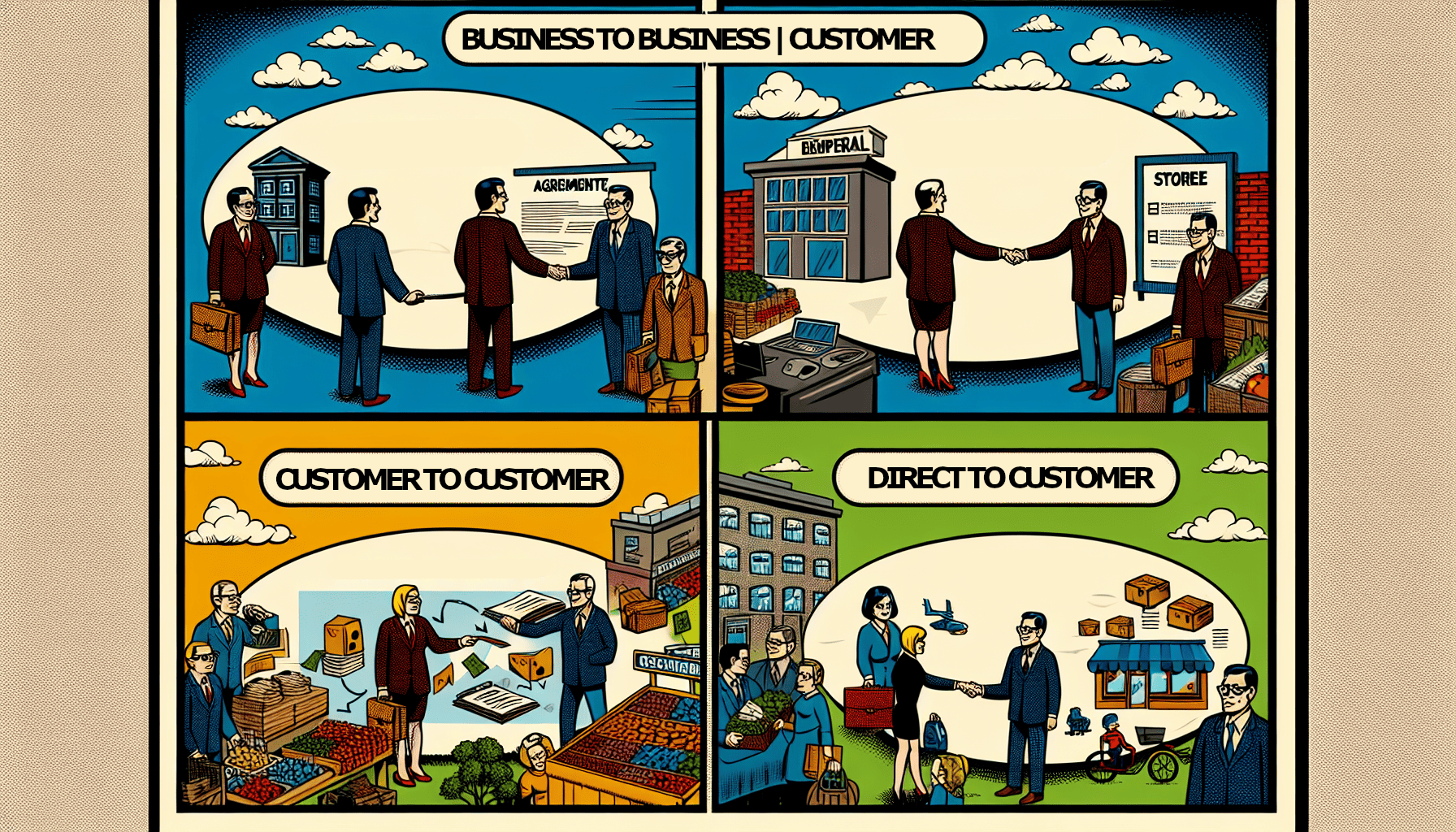E-commerce is an extensive industry that encompasses various business models, all of which require unique strategies. One such strategy is Conversion Rate Optimization (CRO), a crucial factor for any e-commerce business aiming to maximize its return on investment. CRO is all about turning website visitors into paying customers. However, the CRO strategy that works for a B2B (business-to-business) model will not necessarily work for a B2C (business-to-consumer) model, and the same applies to C2C (consumer-to-consumer) and D2C (direct-to-consumer) models.
B2B E-commerce CRO Strategies
In B2B e-commerce, the conversion process is often sophisticated and lengthy due to high-value transactions and numerous decision-makers involved. One B2B CRO strategy is to provide comprehensive, high-quality information that clearly communicates the value proposition. B2B buyers often rely on datasheets, white papers, or case studies before making a decision.
For instance, a Forrester Research report revealed that 74% of B2B buyers research at least half of their work purchases online. Hence, an optimal CRO strategy must focus on building credibility and providing detailed product or service information.
B2C E-commerce CRO Strategies
The B2C model is characterized by faster decision-making and impulse buying behavior. Therefore, B2C CRO strategies often revolve around providing a seamless, hassle-free shopping experience.
According to a Salesforce report, 87% of all shoppers begin their hunt in digital channels, up from 71% the prior year. To optimize conversions, there should be a focus on aesthetically pleasing design, intuitive navigation, and a quick, easy checkout process. Personalization also plays a significant role in the B2C CRO strategy.
C2C E-commerce CRO Strategies
C2C e-commerce models like eBay or Etsy thrive on social proof, as transactions occur directly between customers. In this model, CRO is tied directly to reviews and ratings.
A Spiegel Research Center study shows that displaying reviews can increase conversion rates by 270%. Hence, a strong CRO strategy for C2C models should encourage active customer feedback and prominently display these reviews and ratings.
D2C E-commerce CRO Strategies
Direct-to-consumer brands, such as Warby Parker or Dollar Shave Club, eliminate intermediaries, allowing them to form closer relationships with their customers. Here, CRO strategies tend to focus on building and nurturing these relationships.
A study by Yotpo found that 52.4% of D2C consumers want to see the human side of brands, which means storytelling and creating a brand identity are integral to D2C CRO strategies.
Conclusion
It’s essential to tailor CRO strategies to fit each unique e-commerce model. By understanding the nuances of each model, businesses can better communicate with their audiences, meet their needs, and ultimately, drive conversions.
